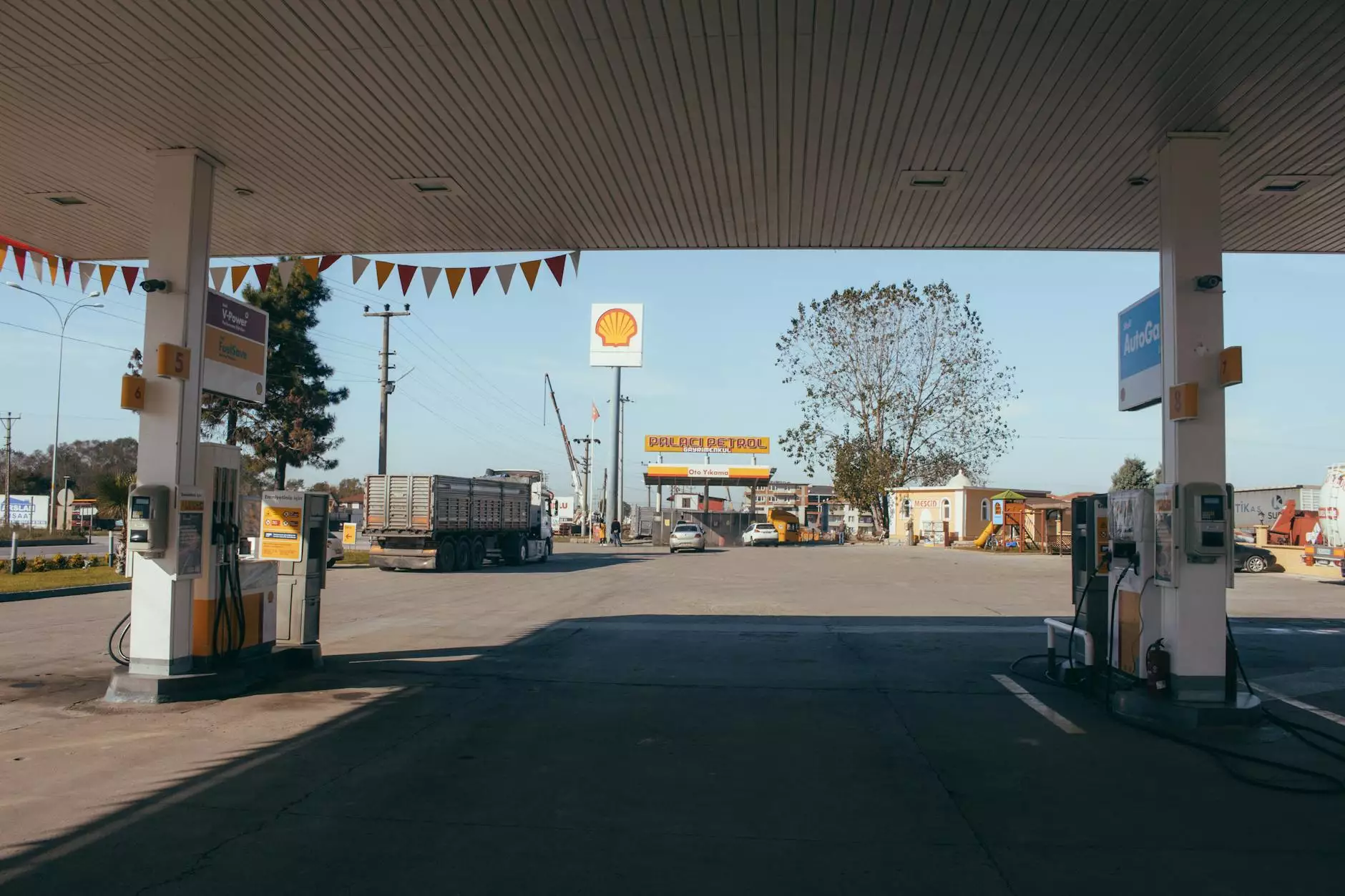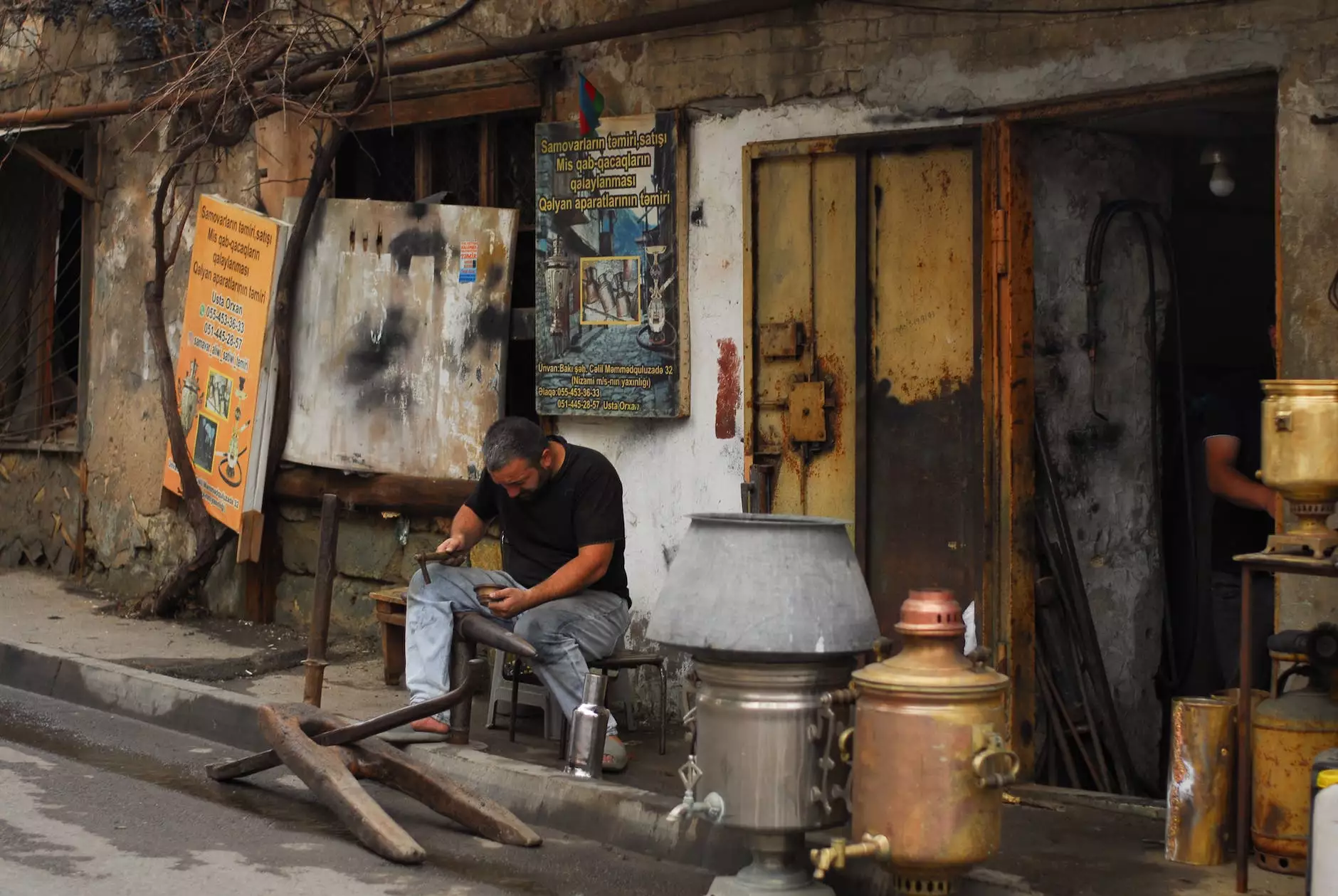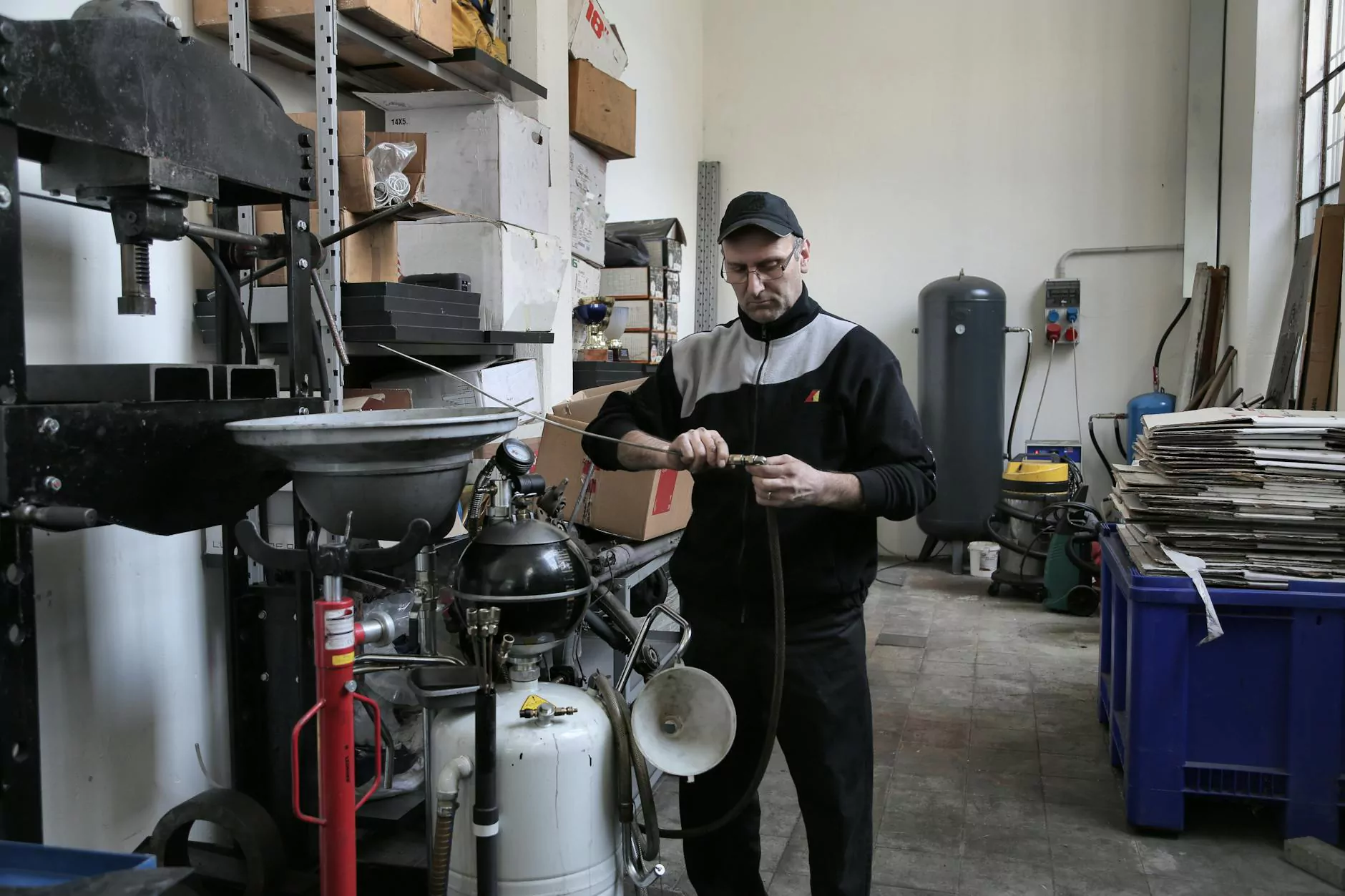How Do Insurance Adjusters Determine Auto Hail Damage Totaled
Collision Repair
Welcome to BK Autosports, your trusted source for all things vehicles in the automotive industry. In this comprehensive guide, we will delve into the intricate process of how insurance adjusters determine whether or not auto hail damage is deemed totaled. Understanding this process can be crucial for vehicle owners dealing with hail damage claims, as it provides insights into the evaluation and assessment procedures.
Overview
When a vehicle encounters hail, it can result in significant damage - from dents and dings to shattered windows and broken parts. Insurance adjusters play a vital role in assessing the extent of the damage and determining if the cost of repairs exceeds the vehicle's value. Let's explore the key factors involved in this decision-making process.
Hail Damage Inspection
Insurance adjusters carefully inspect the vehicle to evaluate the hail damage thoroughly. They assess the size, depth, and number of dents across various surfaces, including the roof, hood, trunk, and doors. Special attention is given to identifying any structural damage, such as compromised frames or weakened panels.
Furthermore, adjusters take note of any broken or cracked glass, including windshields, windows, and mirrors. They also examine other components like the lights, wipers, and antennas to ensure everything is in working order.
Paint and Finish Evaluation
One of the critical aspects of assessing hail damage is evaluating the vehicle's paint and finish. Adjusters analyze the paint's condition, looking for scratches, chipping, or fading that may have occurred during the hailstorm. They also consider the overall integrity of the finish, assessing if it requires minor touch-ups or complete repainting.
Previous Damage Assessment
Prior to the hailstorm, adjusters assess any pre-existing damage on the vehicle. This evaluation is crucial in determining the extent to which the hail damage contributed to the overall damage. Adjusters differentiate between the previous damage and the new hail-related damage to provide an accurate evaluation.
Factors in Declaring Total Loss
After completing a thorough inspection, adjusters consider several factors to determine if the hail damage renders the vehicle a total loss. These factors include:
- Vehicle's Current Value: Adjusters evaluate the market value of the vehicle prior to the hail damage incident. If the cost of repairs exceeds a certain percentage of the vehicle's value (typically around 70-75%), it may be deemed a total loss.
- Repair Costs: Adjusters assess the estimated cost of repairing the hail damage, including labor, parts, and paintwork. If the repair costs surpass the threshold set by the insurance company, the vehicle might be declared totaled.
- Structural Damage: Severe hailstorms can cause structural damage to the vehicle's frame or panels. If the structural integrity is compromised to an extent that repair is impractical or unsafe, the adjuster may declare the vehicle a total loss.
- State Laws and Insurance Policies: Different states have specific guidelines regarding total loss thresholds and when a vehicle is considered totaled. Adjusters take these regulations and insurance policies into account during their assessment.
The Claims Process
Once the adjuster determines the vehicle to be a total loss, the claims process begins. The vehicle owner will work with their insurance company to settle the claim based on the determined value of the vehicle.
Insurance adjusters assist in gathering all the necessary documentation and supporting evidence to substantiate the claim. This includes photographs of the hail damage, repair estimates, and other relevant paperwork required by the insurance company.
Vehicle Disposal Options
Depending on the circumstances and the policies of the insurance company, vehicle owners may have various disposal options for their totaled vehicle. These options can include:
- Selling the Vehicle As-Is: Some owners might choose to sell the damaged vehicle to salvage yards or individuals who specialize in repairing and reselling such vehicles.
- Retaining Salvage: In certain cases, owners have the option to retain the salvage and receive a reduced settlement amount. This allows them to keep the vehicle and make minor repairs for personal use.
- Donating the Vehicle: Vehicle owners may opt to donate the totaled vehicle to charitable organizations, which can provide tax benefits for the donation.
- Insurance Buyback: In some instances, insurance companies allow owners to buy back the totaled vehicle which can be useful if they intend to rebuild or repair it themselves.
Conclusion
Understanding how insurance adjusters determine auto hail damage as a total loss is crucial for vehicle owners navigating the claims process. By considering factors such as repair costs, structural damage, and the vehicle's current value, adjusters play a pivotal role in determining the outcome of hail damage claims.
At BK Autosports, we strive to provide comprehensive insights into various aspects of the automotive industry, including insurance claims and vehicle evaluations. If you have any more questions or need further assistance, feel free to reach out to our knowledgeable team.










